10 rides every touring cyclist should do sometime
The range of cycle touring events is becoming increasingly wide, so it is often difficult to choose which one to go for. We bring you a selection of the 10 rides that, due to their routes, history or peculiarities, are not to be missed.
10 highly recommended touring cycle routes
Ronde Van Vlaanderen Cyclo
The cyclotourism version of the Tour of Flanders is undoubtedly one of the most popular rides in Europe, with editions that have had around 20,000 participants. The proposal of getting to know the mythical Flemish Walls first hand and, the following day, enjoying the professional cyclists' performances on the road is tremendously attractive.
It has four route options: 75, 144, 179 and 235 kilometres, the longest of which is practically identical to the one faced by the professionals. Of course, we will have to face names such as Koppenberg, Oude Kwaremont, Paterberg, Molenberg and other cobbled walls which, together with the passion with which the Flemish people get involved in their race, make Flanders a very unique experience.
Paris – Roubaix Cyclo
RECOMENDADO

How to wash your cycling clothes? 10 keys to make them always look new
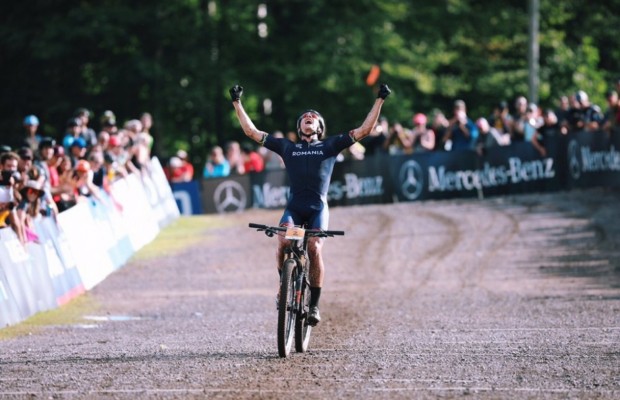
The real importance of signing up for a race
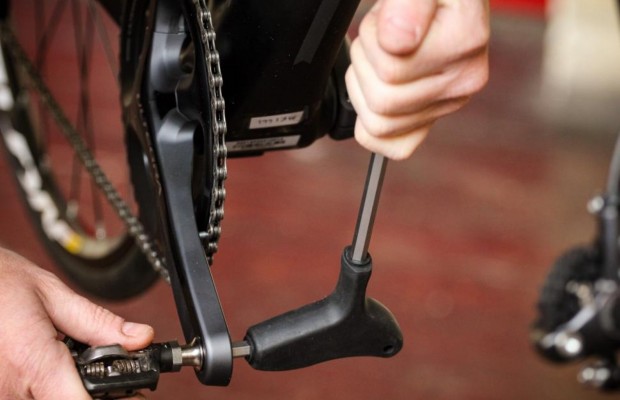
How to change the pedals of any bike in 5 steps
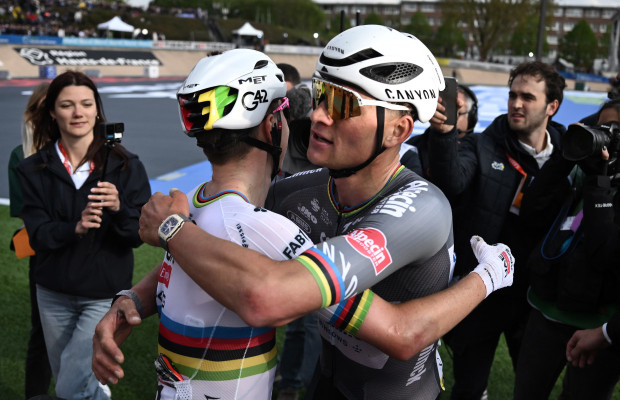
Complete list of the highest paid cyclists of 2025
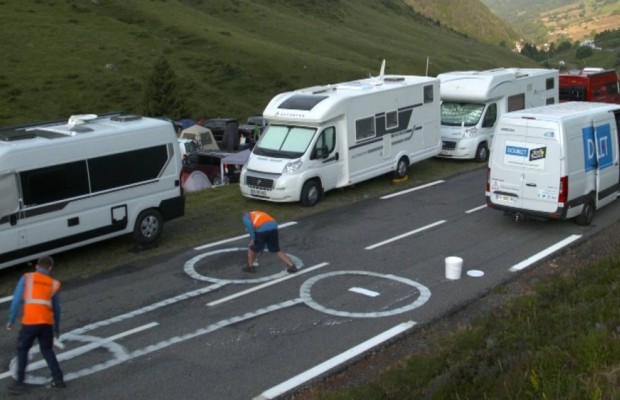
This is how they erase the penises that are drawn on the roads of the Tour de France
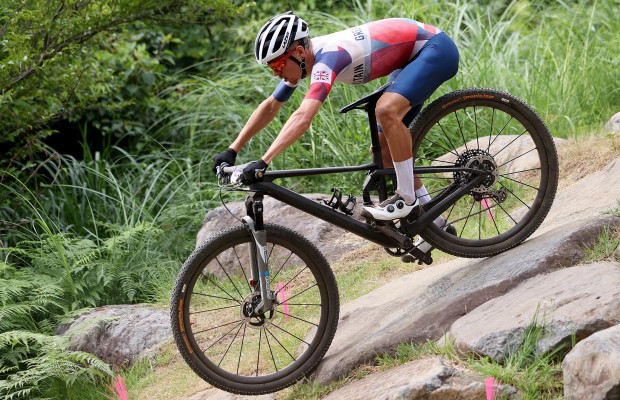
What bike size do you need? Here's how to find out
As in Flanders, the day before the men's race, and coinciding with the women's race, the cyclo-tourist version of the Hell of the North takes place. A race that arouses love or hate among cyclotourists but leaves no one indifferent. The reason, of course, is to be found in the legendary cobblestone sections that make the Paris-Roubaix such an exceptional race.
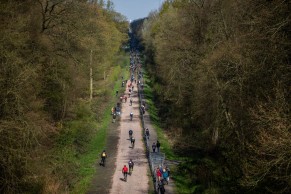
There are three routes to choose from: 70 kilometres, starting and finishing in Roubaix with 8 cobbled sections, including Camphin-en Pévèle and Carrefour de l'Arbre. 145 kilometres, also starting and finishing in Roubaix, with 19 stretches of cobblestones starting in the terrifying Arenberg forest. Finally, the 172 km option starts in the town of Busigny, which allows us, almost from the start, to tackle the same 30 sectors that the professionals will ride.
Maratona des Dolomites
9,000 participants, more than 30,000 applications for the bib draw, 6 hours of live coverage on RAI, all roads through which the ride takes place closed to traffic.
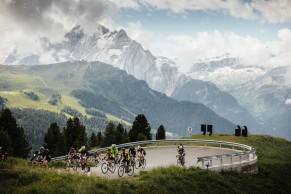
These are the facts that make it possibly the queen of the world's rides. And no wonder when we take a look at its route, an authentic dolomitic stage that in just 138 kilometres accumulates the horrifying figure of 4,230 m of elevation gain that is distributed in the ascents to Campolongo twice, Pordoi, Passo Sella, Passo Gardena, the terrible Giau and Passo Valparola with the final gift of the Muro del Gato, which gives us a 19% gradient when we were already at the finish line. Fortunately, those less prepared can opt for the Medio Fondo route, with 106 km and 3,130 m of elevation gain, which bypasses the Giau and heads directly to Valparola; and the well-known com Sella Ronda, the first loop of the race, which in its 55 kilometres allows us to enjoy some of the most majestic views of these mountains.
Quebrantahuesos
Born more than 30 years ago with the intention of reproducing the flavour of the La Maratona or the Marmotte in the Huesca Pyrenees, the QH, as it is popularly known among cycle tourists, is the ride in Spain that everyone wants to attend, the one that marks your form against your group mates and the yardstick that defines your cycling level as the time obtained in a marathon establishes that of the runners on foot.
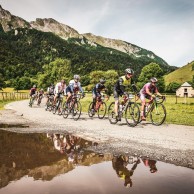
9,000 participants take to the roads around Sabiñánigo every third weekend in June to face the 200-kilometre route that practically any cyclist in Spain knows by heart: Somport, Marie Blanque, Portalet and Hoz de Jaca. As usual in this type of race, there is a more affordable option, the Trepariscos, which in its 85 kilometres, with the Cotefablo and Petralba passes, allows those less prepared to enjoy the magic of the Pyrenees.
Marmotte Granfondo Alpes
We have visited the Dolomites, the Pyrenees, but we could not leave out the French Alps and the mythical passes that have been ridden countless times by the Tour de France. Among the races that have their battlefield in this mountain range, the Marmotte is the one that traditionally appears in cyclotourist conversations.
It is no wonder when the very tough 177-kilometre route includes a 5,000-metre climb with such evocative names as the Col de Glandon, Col de Telegraph, Col de Galibier and what is surely the most iconic of the top finishes, the famous 21 curves of Alpe d'Huez. As for the traditional route, there is the possibility of doing it in two days, spending the night in Valloire, at the foot of the Galibier, which transforms the race into two stages of 97 and 80 km respectively. If, on the other hand, the usual option is not enough for you, you can always take on the Ultrafondo version which increases the mileage to 226 km including a first ascent to La Sarenne, one of the hidden faces of Alpe d'Huez, descending to the valley and finishing with the classic ascent.
Mallorca 312
The island of Mallorca is a top cycling destination. During the first months of the year, hordes of cyclists take to its roads to escape the harsh northern European winter and find a paradise of mountain passes, winding roads and beautiful landscapes that have made Mallorca 312 the most international event of all those held in Spain.

On the menu of the event is the challenge of exceeding 300 kilometres, a distance that was completed in the first editions when the route went all the way around the island. Nowadays, in order to guarantee the closure of traffic, the same distance is completed on the north and west side, although the main protagonist of the route is still the journey through the Serra de Tramuntana, the mountains that occupy the western coast and that, with the sea at our feet, offer us some of the most beautiful views that we can enjoy on the bike along the 10 ports that we will have to overcome.
In an attempt to give the less well-prepared an option, the race adds a 225 km route which, like its big sister, covers the whole of the Serra de Tramuntana but avoids the leg-breaking finish towards the east of the island. Finally, there is a 167 km option which also runs through a large part of the Serra de Tramuntana, although leaving it earlier to get back to the starting point.
Vuelta al Teide
If in Mallorca we were looking to cover an unusual distance, we now move on to the Canary Islands to climb to the top, specifically to the 2,361 m that the road that crosses the Teide National Park reaches in a never-ending climb of almost 40 kilometres. Before that we will have already covered the northern part of the island with the climbs to Icod el Alto, Garachico and Baracán, as well as the tough appetizer of Masca and its 4 kilometres of impossible percentages that precede the ascent to Teide. A total of 175 kilometres and 4,400 m of elevation gain are figures that scare even the most trained cyclist. Fortunately, there is the ½ Vuelta al Teide, which starts in the town of Santiago del Teide, with only the ascent to the colossus of the Canary Islands in its 95 km.
Nove Colli
The hills of Emilia Romagna, the same roads that saw the great Marco Pantani train, are the setting for what is, in tough competition with the Marathon, Italy's most important race.
Unlike its Dolomite sister, the Nove Colli is a tough, leg-breaking 205-kilometre route with a total of 3,840 metres of elevation gain over nine climbs. These are not excessively long passes, the longest being 9 kilometres, but with percentages of over 10%. As in the rest of the races, there is a reduced option of 130 km that only covers 4 of the nine climbs.
l’Eroica
This is not an ordinary test, but the forerunner of what is nowadays known as the retro marches. These are events in which it is obligatory to use classic steel bikes with the gear levers on the down tube and pedals with belts and rakes instead of the usual clipless ones. All of this, of course, is dressed in period costumes: woollen jerseys and bib shorts, leather shoes with wooden soles, headgear and so on. An atmosphere that takes us back to those black and white photos, to the cycling of the long distances and the great exploits.
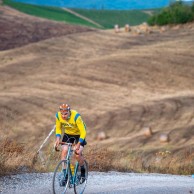
All of this in the incomparable setting of Tuscany and its endless hills, on asphalt as well as on its famous white dirt roads. With refreshment stations stocked with local products, entire villages and hundreds of cyclists with aluminium jerry cans and tubulars knotted to their chests, this is an image of the sport that deserves to be experienced at least once in a lifetime.